Automotive Injection Molding
Automotive injection molding is one of the important elements of creating top-steel automotive parts with high durability. In modern cars, automotive plastic injection molding is part and parcel of everything. It helps manufacture the vehicle’s dashboard or any other detailed engine parts. Furthermore, different techniques, materials, and injection molding advantages are crucial starting points for car makers and suppliers. So, in this article, we will discuss the history, production processes, applications, and different advantages and disadvantages of automotive injection molding.
What is Automotive Plastic Injection Molding?
Automotive plastic injection molding refers to the process through which complex-shaped plastic automotive components are created using molten material in a mold. It is especially applied in the automotive industry because it provides acceptable accuracy and consistency of parts. Besides this, it also guarantees high productivity. Automotive injection molding parts encompass large exterior trim and small interior plastic parts. They have definite performance and persistence requirements.
History of Automotive Injection Molding
The automotive industry has been using injection molding since the inception of the adaptation of the process in mass production in the 1930s. Injection molding was first applied to the production of relatively simple parts. After that, with innovation in technology and materials, it has found many applications in different fields. Many automotive injection molding firms have devised various intricate approaches. So, they can help make even more complex and lightweight car parts. This will also help cut the costs of manufacturing and at the same time enhance vehicle performance.
Types of Automotive Injection Molding Methods
Generally, there are the following categories of automotive injection molding methods.
1. Thermoplastic Injection Molding
This method involves the use of plastics that will melt. Afterward, it can be remolded many times without getting destroyed. Besides this, it is widely used in automobile manufacturing for making a variety of dashes, clips, and panels owing to its flexibility of use and recyclability.
2. Thermoset Injection Molding
Thermoset materials cause the material to solidify permanently once heated. This makes it a perfect match for parts that require high temperatures, i.e. engine parts. Initially fixed these materials can not be re-melted or re-formed.
3. Overmolding
The over-molding is the process of molding an additional layer of material over a pre-existing part. The former, for instance, is widely applied to create comfortable-to-the-touch handles or gaskets for car components.
4. Gas-Assisted Injection Molding
This technique involves the use of an agent that foams the gas within the mold channels at the time of making the part. It has less weight than most ferrous metals. But is very strong and ideal for making huge structures like door handles and panels.
5. Insert Molding
In insert molding, parts are located in the mold and then plastic is injected around the parts. This may be made of metal or any other material. Moreover, this material combines several materials into one section. It will not only improve the strength and durability of the product but also for other benefits.
Complete Process of Automotive Injection Molding
Automotive injection molding is a process for the manufacture of plastics for automobiles. It involves several key steps to ensure high precision, consistency, and quality in the final product;
1. Clamping:
Clamping is the first process in injection molding. In this process, the two plates of the mold are closed by applying force. As previously described, the mold is made of two halves, and compressed with a clamping unit. This unit has sufficient clamping force to keep the mold closed during the injection of the molten plastic. The amount of clamping force generated varies with the size of the molds to be used and the kind of material. There is always a need to use clamps correctly to avoid leakage in the mold cavity and ensure the cavity is tightly closed.
2. Injection
Once the mold has been clamped it is then ready for the injection phase. This involves feeding plastic pellets that are in the form of a solid into a heated barrel where they are liquefied. The molten plastic is then forced to flow into the mold cavity through a nozzle at very high pressure. The pressure and the rate of injection are therefore monitored accurately to ensure that the mold is filled. Besides this, this also checks that the plastic gets to the inner cavity of the mold without forming some of the regular defects. These may include the formation of air bubbles or incomplete filling of the mold.
3. Cooling
Once the plastic material has been injected into the mold it starts setting and firming up. Cooling is also a very important step because it defines the final dimensions of the part and its strength. Through cooling channels inside the mold, heat is distributed with great heat and in a relatively short period. The time that the part spends cooling is critical. Because it may shrink or warp and if the part is cooling for a long time then the overall production process could be slow.
4. Ejection:
After the part has been cooled and has solidified the mold opens and the part is expelled. In this process, the use of ejector pins is most common; these pins simply push the part out of the mold. Sometimes air blasters or mechanical plates may also be used to help extract a part. Is a crucial process where the specimen is removed from the mold, and it has to be done cautiously. So, as not to harm a part, especially if it’s ornamented or has multiple features.
5. Finishing:
The last operation is called finishing in which any extra material or a skin known as flash is removed. The part may also be sanded and painted. Moreover, it is assembled if it is to be a component of a system, depending on its use. The surface finish makes sure that the part comes out to the desired accuracy, color, and size as was designed.
Application of Injection Molding in Automotive Parts Production
The use of injection molding is important in manufacturing numerous parts of automobiles due to accuracy and the possibility of mass production of identical parts. Common automotive parts made through injection molding include
- Dashboard Components: These are usually intricate components that, need the sort of accuracy that injection molding affords. So, they enable it to fit in the car interior space.
- Bumpers and Exterior Panels: The process enables the fabrication of stiff and good-looking exterior parts. So, it can also go through impacts and weather impulses.
- Engine Covers: These parts have to be heat resistant and have sufficient strength.
- Air Intake Manifolds: This process forms lightweight and rigid components that are ideal for engine efficiency.
- Interior Trim and Handles: The process makes it possible to get aesthetically attractive and functionally effective parts with the intricate work of details.
- Electrical Housings: These components are important since they shield some of the delicate electronics of a vehicle.
Benefits of Injection Molding for Automotive
The advantages of injection molding for the automotive sector are as follows;
- Cost-Effective Mass Production: Injection molding is suitable for large-scale production whereby the cost of each part reduces as the number of parts produced increases.
- Design Flexibility: This method is suitable for producing automatic designs, complex shapes, geometries, and close-tolerance automobile designs.
- Material Variety: Most types of plastic including reinforced plastics may be employed. So, they allow the formulation of parts with characteristics, i.e. high strength or heat-resisting capability.
- Consistent Quality: Injection molding helps maintain the standards in automotive production across all parts and subs – assemblies. So, it is an important aspect of achieving the required standards.
- Lightweight Parts: This characteristic results from the use of lightweight plastics. So, it assists in the reduction of overall vehicle weights and improves fuel efficiency.
Limitations of Injection Molding in Automobiles
- High Initial Tooling Costs: It is very costly to create molds and because of this, injection molding is not feasible at low-volume production runs.
- Material Waste: The process involving the use of sprues and runners yields scrap which is at times reused or disposed of.
- Design Constraints: It also increases the costs and time for the delicate parts. Moreover, the process becomes very complicated and needs another process like secondary machining.
Alternatives to Injection Molding for Low-Cost Automotive Prototypes
For early-stage development or low-volume production, alternatives to injection molding include: For early-stage development or low-volume production;
- 3D Printing: Perfect for prototypes since there is no cost of molds involved. However, the product might not be as tough as the one made from injected molds.
- CNC Machining: Advantages: It provides high precision for the generation of the given part. However, the disadvantages are that it may take time and it is costly for the development of complex parts.
- Urethane Casting: Good for small-part production. So, it offers good material characteristics and part surface quality. Besides this, the process often may not achieve the size and productivity of injection molding.
Injection Molding Materials for Automotive Parts
Common materials used in automotive injection molding include:
- Polypropylene (PP): Very light and capable of taking impacts used in the internal part of the vehicle, check more detail at Polypropylene injection molding page.
- Acrylonitrile Butadiene Styrene (ABS): It is a strong and rigid material, mostly used for dashboards and panels, and for that reason has been famous. check more detail at ABS injection molding page.
- Polyamide (Nylon): It has high strength and temperature stability making it suitable for use in, for instance, under-hood part applications, check more detail at Nylon injection molding page.
- Polycarbonate (PC): Works to bring visibility and longevity to parts that involve lighting, check more detail at Polycarbonate injection molding page.
- Polyurethane (PU): Suitable for seals and gaskets such as small rubber-like components.
Choose Sincere Tech for Automotive Plastics Injection Moulding Services
Here are some reasons. Why you should choose the Sincere Tech Injection molding services:
1. Strength and Durability: Sincere Tech gives durable and durable automotive parts, particularly for practicing pressure such as the engine blocks and housings.
2. Precision and Consistency: This process guarantees a high accuracy and uniformity of the product, it meets automotive requirements for all austenitic materials, particularly where it is used in a large volume production.
3. Lightweight Advantage: It has a lightweight nature, and our fast services make automobiles light. So, it can help improve fuel consumption and performance.
4. Cost Efficiency: It is specially used in high volumes,Sincere Tech also offers the best way. So, it can help cut production costs by eliminating the need for second operations.
5. Versatile Applications: Well-suited company for several automotive components. It helps make several parts. This may include structural to micro-electronics and electrical applications with the feature of anti-corrosion.
Conclusion
In conclusion, Automotive plastic injection molding is central to the fabrication of various auto sections. This may include the instrument panel, hub caps, intake manifold, and hood. It can create very accurate parts in large volumes. Besides this, it provides design freedom and relative cost-effectiveness and has made it a foundation of the contemporary manufacture of cars. Despite all the changes in the automotive industry and the tendency to use new technologies and materials in production. Moreover, injection molding holds a special place in the development of new technologies. It helps increase the performance and quality required in the modern automotive industry.
Frequently Asked Questions
Q1. How does injection molding contribute to reducing vehicle weight?
With the help of injection molding, it is possible to use lighter types of plastics. It can replace many heavy materials like metal thus making the vehicle lighter. This leads to improved fuel economy and also reduces emissions.
Q2. Is injection molding feasible for making low-volume car components?
Although injection molding is ideal for high volume, it is ideal for low volume. However, for high volumes, or an accurate need for multiple parts. The high tooling cost may mean that methods such as 3D printing or CNC machining better suit the task.
Q3. What types of automotive components are best suited for Sincere Tech Mold Maker?
The Sincere Tech is suitable for manufacturing of lightweight and strong parts like engine blocks, transmission housings, and structural parts that provide strength for car structures.


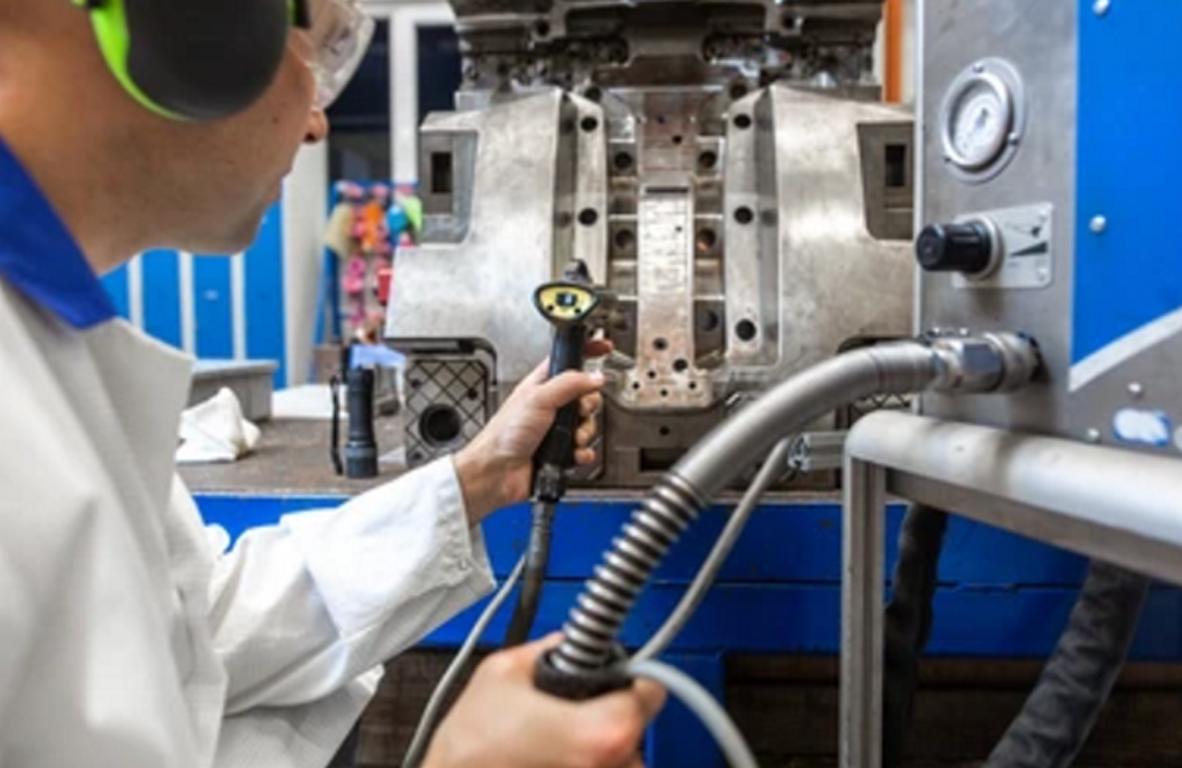
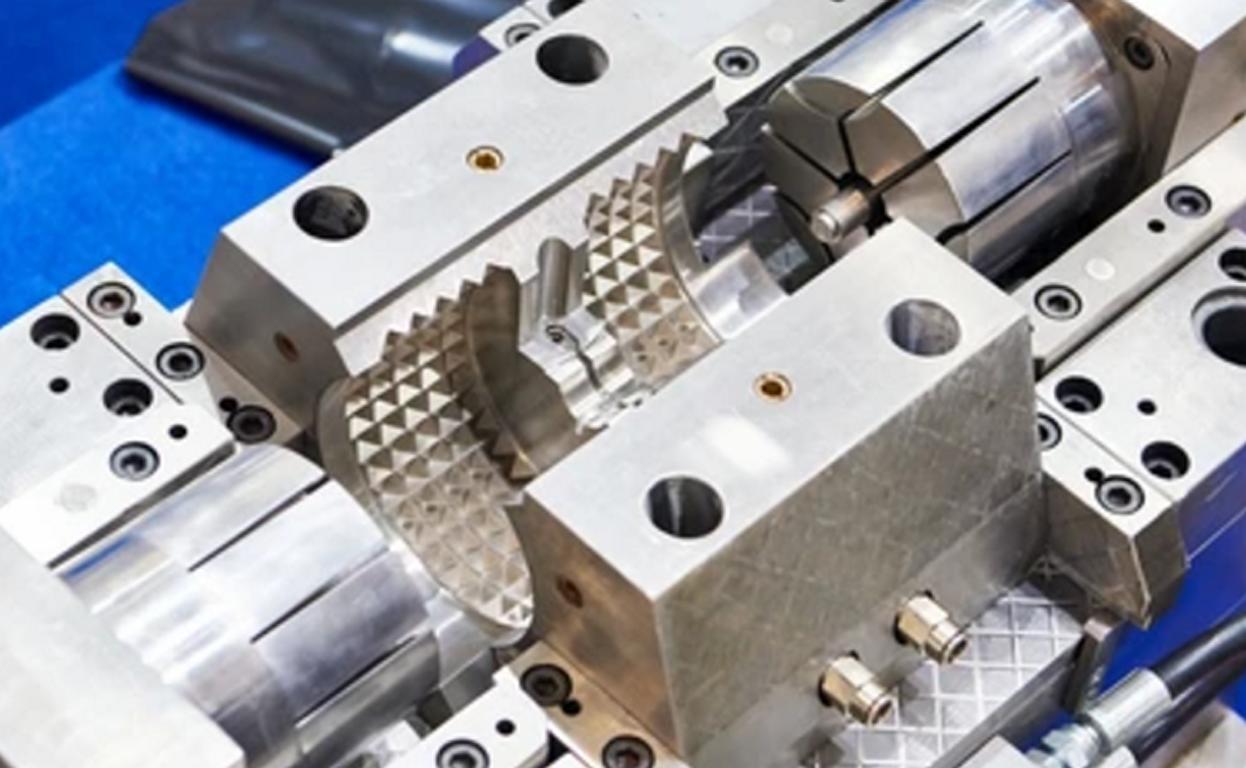
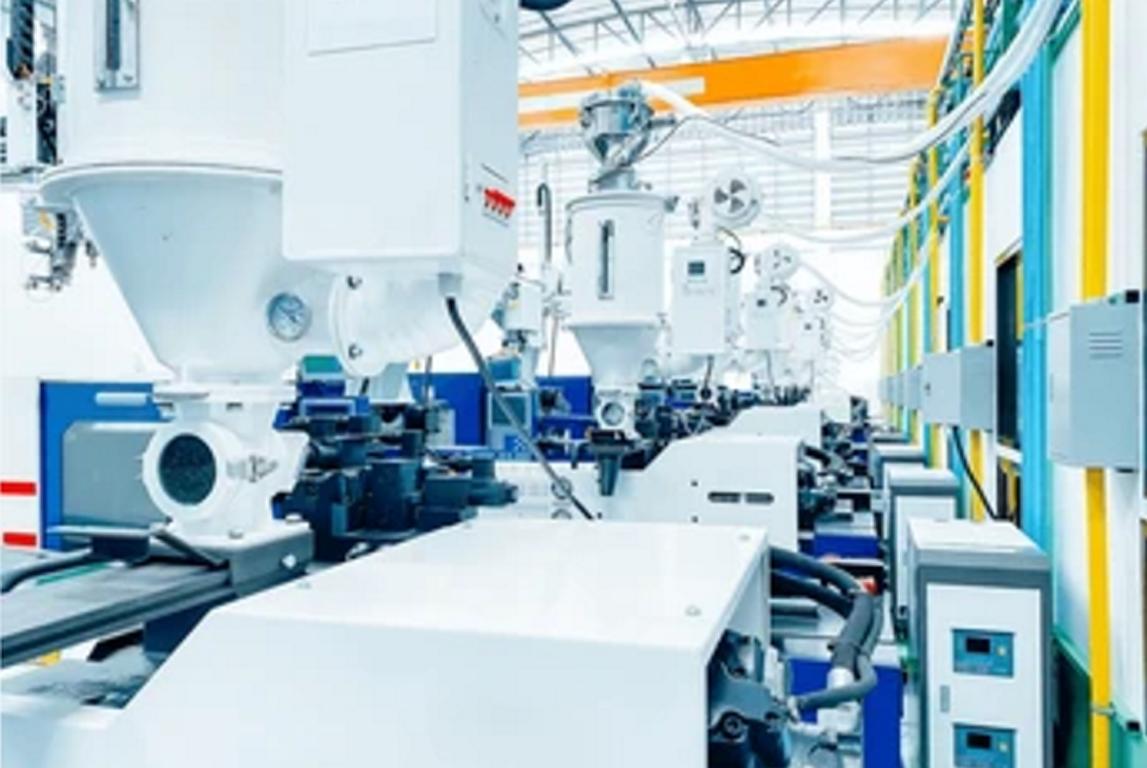
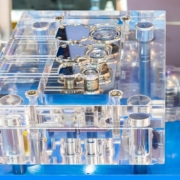

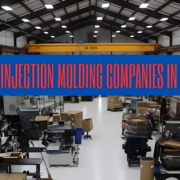
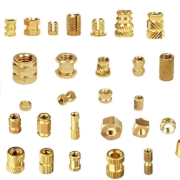
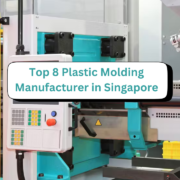
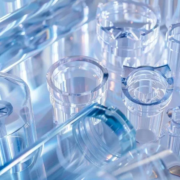
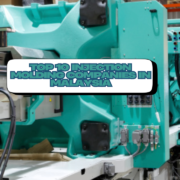
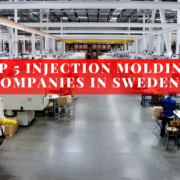


Leave a Reply
Want to join the discussion?Feel free to contribute!